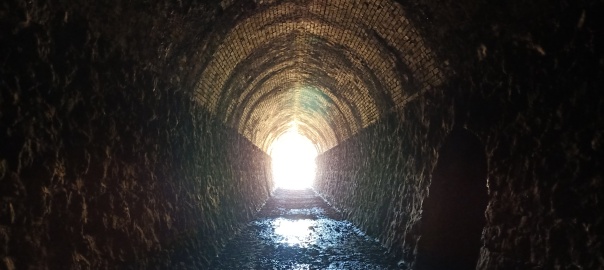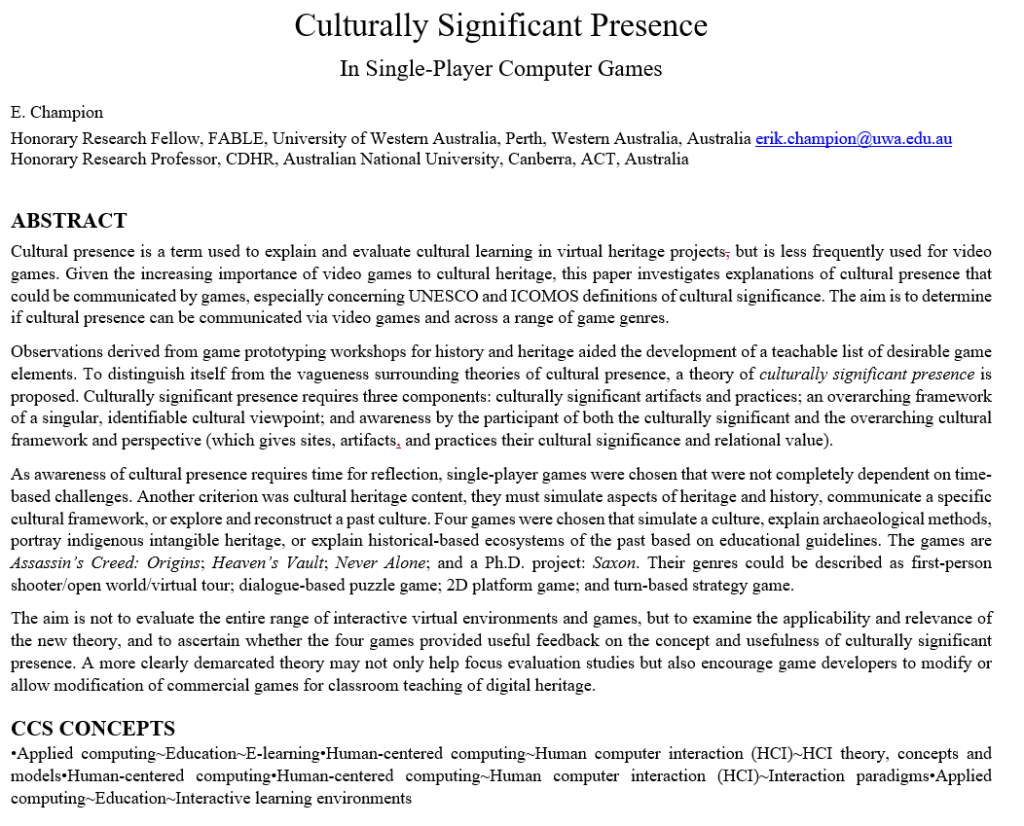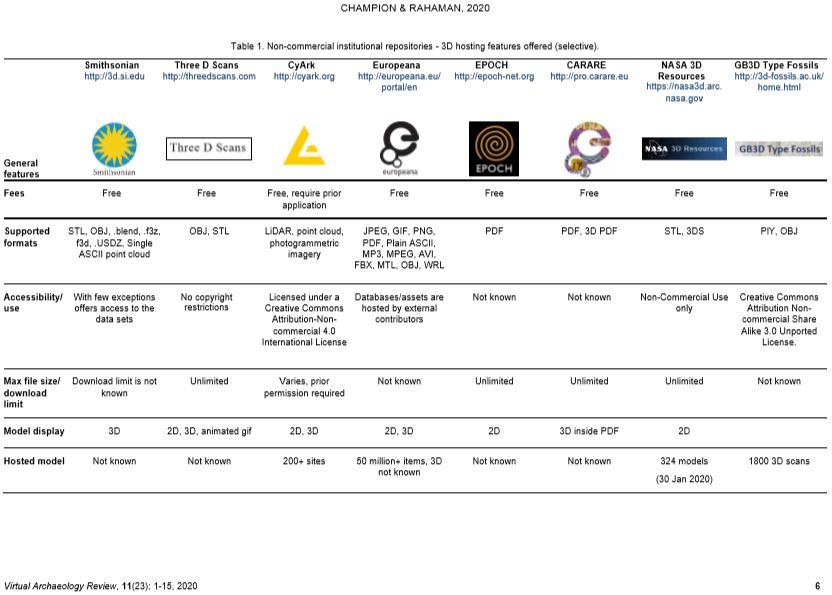I receive quite a few PhD proposals and they generally try to prove too much, and quote methods as if they are methodology (the latter is the study of methods, ideally explaining which methods are most suitable and why certain ones will be used here).
Many PhD proposals read more like trans-national proposals!
- Is it about mentioned subject 1 or 2?
- What is the specific site (and why)?
- What sort of audience would be appropriate for the end product and for evaluation purposes (not the same thing, generally)?
- Who decides it works/answers the research question?
It should read well, backwards. Imagine you finished your PhD thesis and now you are writing the summary BUT IN REVERSE:
1. Future work will need to look at and develop _____
2. My research finding is significant and useful because is _____
3. I found this _____
4. I decided the experimental design needed to be _____because of _____
5. The local test site has these features is _____ and requirements is _____
6. The specific field problem is _____
7. Key terms relating to the current solutions and potential problem are is _____
8. The overall research problem is _____
It is much clearer and quicker to read working (and ideally evaluable/verifiable) definitions of topic X and methods Y1 Y2 etc and why they are relevant to audience Z.
For example:
What are walking simulators designed to do, how do academia and industry measure their effectiveness, and how can they be used for virtual heritage (to increase engagement, or interactivity, or control by a domain subject expert)..










